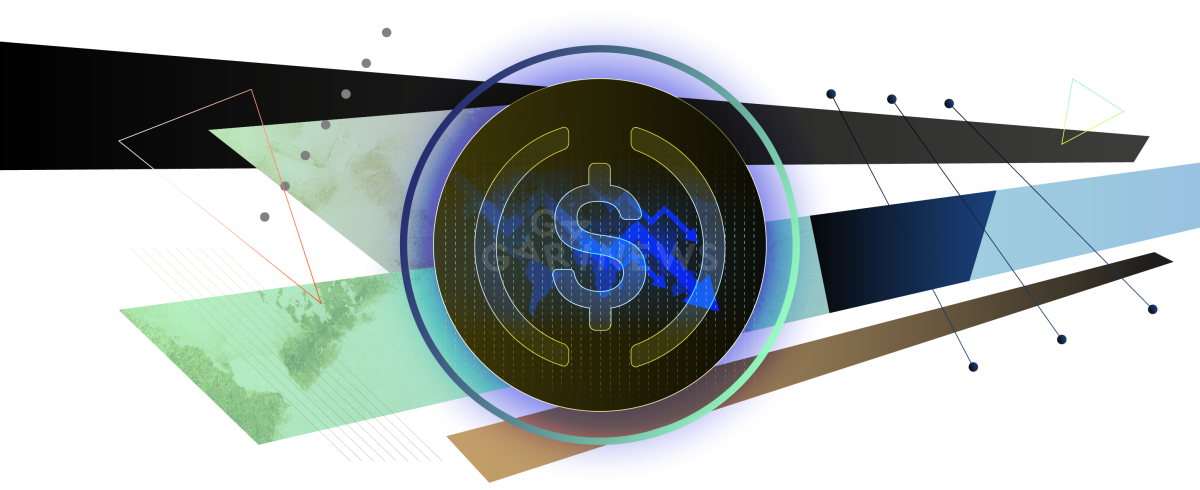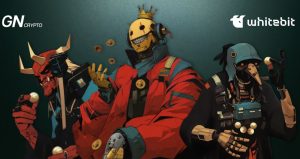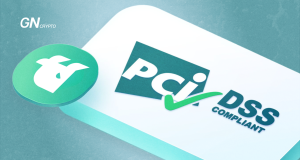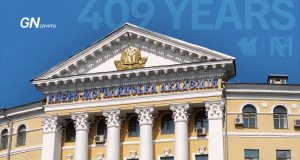Is it possible for the stablecoin USDD to have the fate of UST?

Algorithmic stablecoins are not just in crisis. They are experiencing real testing in “combat conditions” (Too bad that we are living in a time when we have to think for a second whether to put these two words in quotes – ed.).
On this page
But, if we try to forget about the war for a while and return to algorithmic stablecoins, then it should be recalled that the only meaning inherent in the algorithm is the ability to maintain (or at least quickly restore) the stability of its exchange rate, which in turn, is determined by its peg to the US dollar.
The cryptocurrency market is relatively young and highly speculative. So far, there are fewer actual use cases and economic benefits than existing projects. And all these projects engage not only investment grants but also the money of private investors constantly seeking to buy promising tokens in fear of missing out on the “new bitcoin”.
That is why recurrent financial crises are the only (albeit painful) way to filter out failed and useless schemes. As investment guru Warren Buffett used to say, “only when the tide goes out do you discover who’s been swimming naked.”
Since the Terra USD (UST) stablecoin and the Terra ecosystem collapsed, cryptocurrency users have become more sophisticated in identifying the weaknesses of this kind of stablecoin. And their immediate attention today is focused on another candidate (in a sad way) for the place of UST – the algorithmic stablecoin USDD, which is issued by Tron DAO.
Together with UST, they have several suspicious characteristics in common. These are the influential and charismatic founders (Do Kwon and Justin Sun) and the same principle by which their stablecoins provide a peg to the USD.
were held by wallets affiliated directly with Terraform Labs, led to the failure of Terra. That is, the project’s founder used his clients’ trust. Now, this obvious fact of fraud is subject to be assessed in court.
But holders are asking themselves: what would happen if it was any strong wallet that was not an insider but had malicious intent? After all, sales are not prohibited by law: if you believe in the collapse of an asset, you can open short positions, drawing on a price lowering. There is no problem with this, and it is called foreign exchange trading.
Moreover, algorithmic stablecoins were initially created for this scheme: someone is pressuring the coin with sales, and arbitrageurs have a possibility to buy a cheaper stablecoin and exchange it for the “right price”. It does require native token burning to ensure arbitrageurs’ gain. But, if you are an issuer, there should be no problem in theory.
In practice, there was a real precedent when the stablecoin not only collapsed but also launched an irreversible process of the hyperinflation of the native token (the so-called “death spiral”): the depreciating UST required more and more collateral, while the cost of the collateral also fell, and the issue – grew, which led to an even more significant reduction in the price of the asset.
As a response to such concerns, the USDD stablecoin has been unable to restore its peg for several days in a row. By understanding how the USDD algorithm works, we know that the effort to bring USDD back to parity can cost the platform billions of dollars.
We also already know that an unstable stablecoin (hehe) also poses ecosystem risks: users in panic can withdraw funds from staking and strive to get rid of the native TRX token.
And most importantly, we do not know what is behind the precipice called “BTC for less than $20,000”. We wish we wouldn’t know what cascade processes such a fall could provoke.
As you can see, the risks in the USDD are significant. Very soon, we will find out if Justin Sun will be able to come up with something so as not to repeat the story of the destruction of the empire of another “golden boy” named Do Kwon.
The content on The Coinomist is for informational purposes only and should not be interpreted as financial advice. While we strive to provide accurate and up-to-date information, we do not guarantee the accuracy, completeness, or reliability of any content. Neither we accept liability for any errors or omissions in the information provided or for any financial losses incurred as a result of relying on this information. Actions based on this content are at your own risk. Always do your own research and consult a professional. See our Terms, Privacy Policy, and Disclaimers for more details.


























